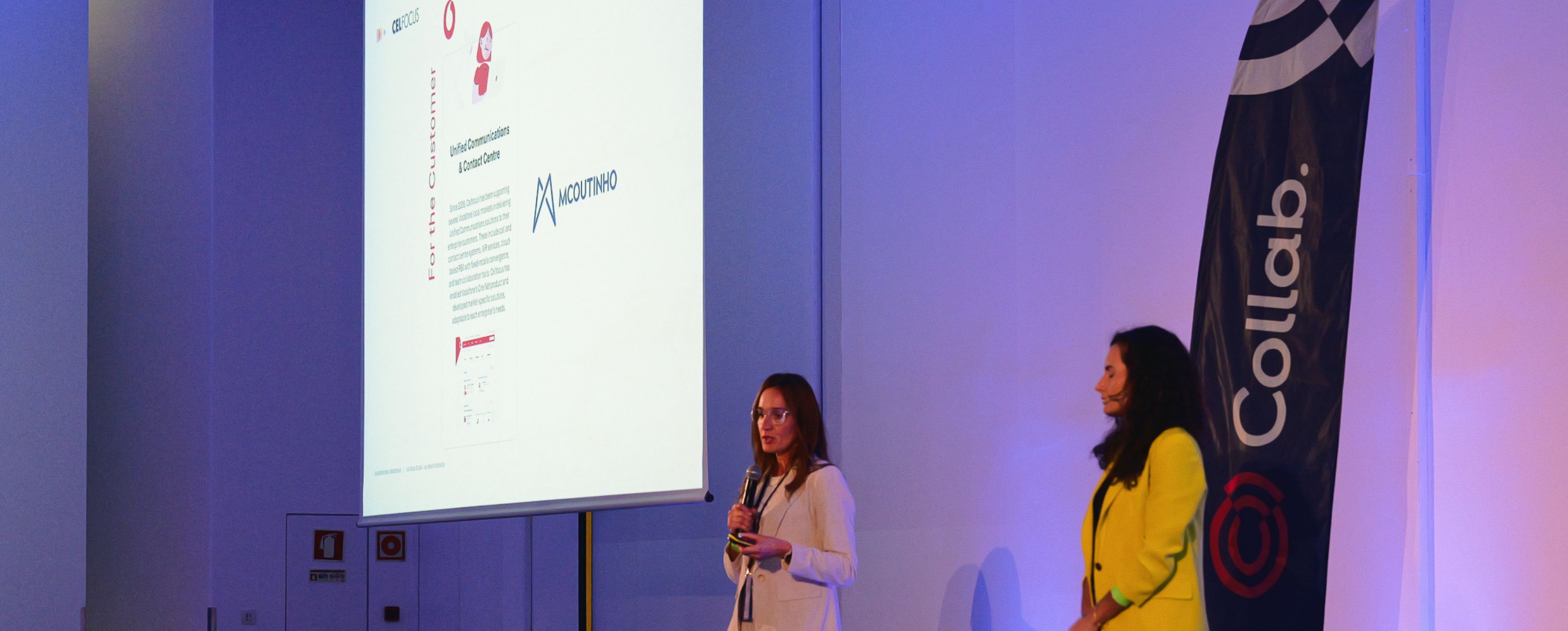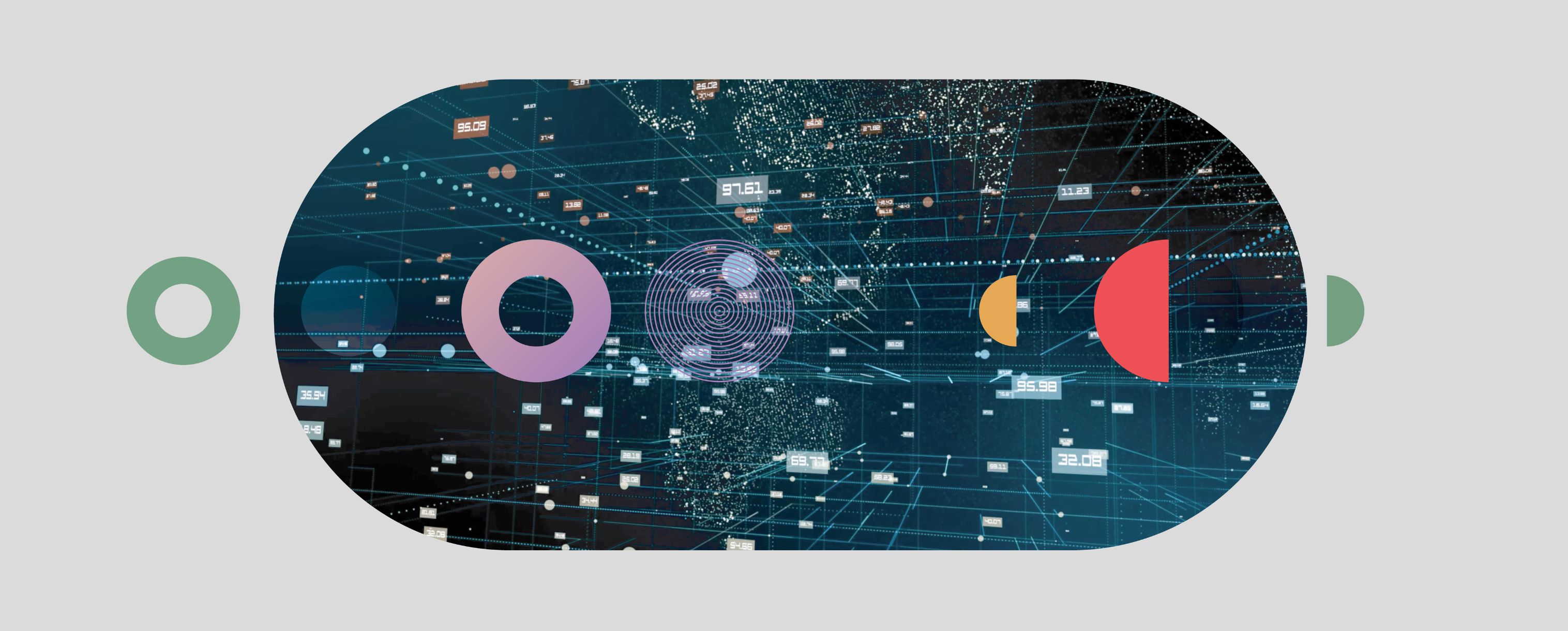|---Module:text|Size:Small---|
In general, we have all heard about digital transformation. Some will be familiar with this concept as active agents of that change, others as mere users of a system that feeds back into itself. For at least two decades, we have been living and experiencing this digital (r)evolution about which much has been said, written and done. But is there an end?
Firstly, it is essential to understand that the concept of “digital” is quite broad. Although it can be more readily associated with digital channels, it refers to the entire spectrum of information technology solutions that range from customer contact channels and information integration systems to central systems that allow companies to manage their business.
Additionally, it is crucial to understand that digital transformation is not only about going from analogue to digital by activating new technologies and transforming existing systems; it should also be about using digital to simplify how we work. Digitalisation should therefore be seen as an opportunity to rethink the organisation’s offer, business processes, how value is added to each interaction with the customer, how service is consistently personalised regardless of the interaction channel and, at the same time, how operations become more efficient, either by optimising or automating business processes.
However, these kinds of issues cannot be solved with technology alone. They imply an “outside-in” approach, not just one centred on the organisation’s vision of the world, which is often imminently operational. Digital transformation must start and end with the customer in mind.
We understand that customer behaviour changes over time and that much of the digital experience we see today is shaped to millennials’ standards. Millennials, with increasingly sophisticated expectations, have become discerning connoisseurs who seek unique experiences and want personalised service. But this is, once again, changing. Generation Z is coming, and these digital natives have different standards and preferences. To ignore them would be a mistake. For this generation, communication, simplicity, ecology and values define the brand they will consume.
All of this should make us realise that one of the best ways to understand digital transformation is to contextualise customers’ constant need for change since they are the ones who force us to rethink and reinvent how we approach digital.
In addition, we also need to consider the astonishing technological evolution that we have witnessed in recent years, manifesting itself in infrastructures and applications. Infrastructure has been one of the main drivers of this transformation, evolving from the “old” mainframes to the current cloud services, which organisations increasingly prefer.
At the application level, and in following this transformation, there is the imperative to evolve from monolithic applications to layered architectures that allow the separation of the solutions into functional domains. The current trend is to evolve to a new paradigm oriented towards micro-services which segregate applications into even smaller components that relate to each other independently. Therefore, Digital Transformation is also the consequence of the benefits that technological innovation brings us in increasingly shorter time cycles.
However, in these types of programs, the transition does not happen in a single step because it also depends on the complexity of the existing technological ecosystems. The way to instantiate these processes is to introduce an active agent, allowing the phased evolution of the systems and ensuring their coexistence. This accelerating agent – the so-called digital overlay – allows abstracting the complexity and limitations of the existing technological ecosystem, accelerating the adoption of new digital solutions and their benefits for users and customers of businesses that want to differentiate themselves using these new paradigms. The digital overlay can be seen as a transversal platform on which the different digital contact channels are based, consistently supporting and exposing the business logic required for their operation. This architectural approach allows the separation between systems, enabling different plans and speeds of evolution between digital channels and central systems while activating the delivery of an improved customer experience.
In this way, it becomes possible to virtualise the technology business and enable the evolution towards an open solution where all functionalities can be exposed through services. For the user, this virtualisation makes it possible to enjoy the services in any type of contact channel without setbacks and, when they prefer, to enrich them, bringing operational efficiency through cognitive automation and artificial intelligence systems.
Digital transformation is a self-feeding cycle that evolves and adapts according to the context and trends of each moment and the demands of users and technological developments.
To say that digital transformation has come to an end is to admit that the world in which we live has stagnated. It is to contradict human behaviour and the incessant curiosity to search for new perspectives and solutions. If we accept this fact as a premise, the chances of survival and continuity of organisations are also directly associated with their ability to adapt to the constant changes and demands of their customers and the market. As we know, not the strongest nor the most intelligent survive, but the most receptive to change.




























